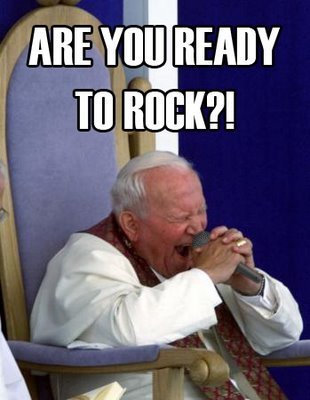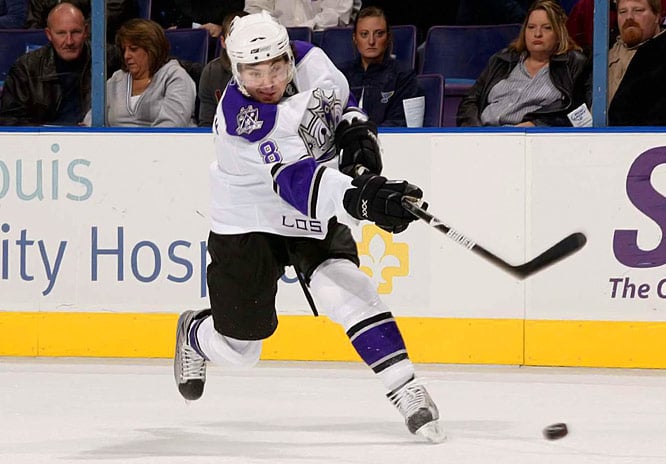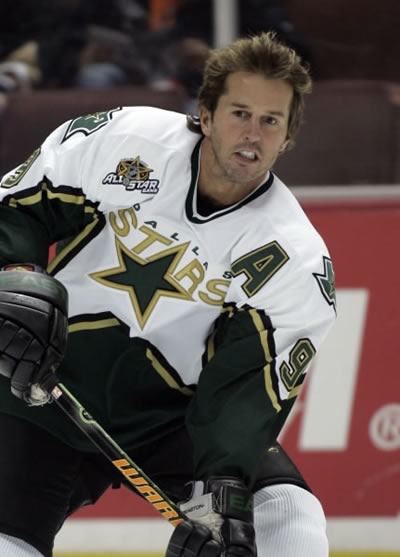So far, the highlights of Steve Tambellini's tenure as Oilers General Manager have been two 30th place finishes and two 1st overall picks. While the resulting players are impressive, any idiot could have acquired them. Up to now Tambellini's teams have not made the playoffs either. Soon that will have to change. It hasn't happened yet, but some time in the next 12 months Steve Tambellini will make a trade that will define his success or failure as Oilers GM.
As impressive as Nugent-Hopkins and Hall looked together last night against Phoenix, and as much as there is still talent to come, the Oilers don't have it all figured out. Over the course of this season it will be made abundantly clear once again that the Oilers aren't good enough defensively. This team is still a number one defenseman away from the playoffs.
It's possible that that player is somewhere in the organization; be it Oscar Klefbom, Martin Marinicin, Taylor Fedun, Jeff Petry or another as yet undrafted defenseman. The trouble is that Tambellini doesn't have long to wait. It would take a minor miracle for the Oilers to make the post season this year (pray to every God you've ever heard of around Christmas time), which means we're in for six consecutive years of no playoff hockey in Edmonton. That's just sad, and the GM knows it. If that streak runs to seven years, Tambellini's job will be far from secure.
 |
| Ryan Suter |
Edmonton's answer, therefore, will probably come via trade. Who is available and for what is anyone's guess, but the picture will become clearer as time goes on. Will it be Ales Hemsky who is moved, or will it be players like Teemu Hartikainen or Linus Omark? What about Sam Gagner? Much will depend on the kind of seasons that these players have.
The main thing is that the Oilers should be looking to fill the hole on defense. If there was any truth to the supposed Oilers interest in Zach Bogosian, it's clear that the organization is moving in that direction. Bogosian would have been a perfect fit, in that he's still young enough to stick for a long time but with enough potential to be a number one guy. Now Tambellini will need another target.
And whoever that target is, he'll have to be acquired in the next 12-18 months for the team to take a step from pretender to contender for the 2012-13 season. There is little doubt that something will get done. Whatever the deal ends up being, its fortunes will fall in line with Tambellini's. A trade for a true impact defender is likely to be the biggest move of his career. It's time for him to show everyone what he's made of.
















